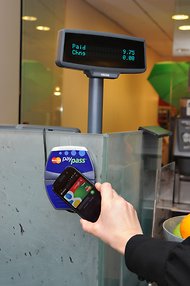January 18
Wednesday Reading: Obesity Rates Stall, but Don’t Decline
Obesity rates stall but don’t decline, Visa’s digital wallet is available on some smartphones, Sewanee offers a four-year tuition guarantee and other consumer-focused news from The New York Times.
Article source: http://feeds.nytimes.com/click.phdo?i=06a81a83543bba0f2f97c6f41e353320
